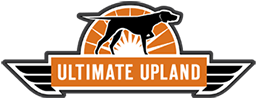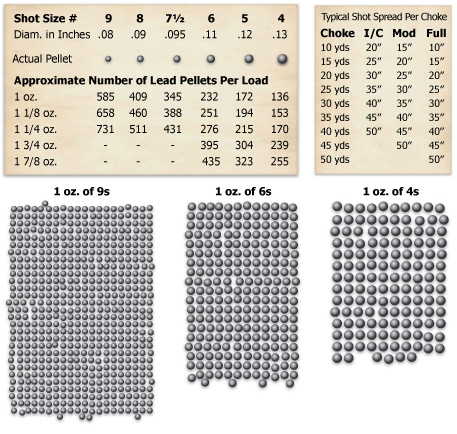Shotgun Shells
Ammo could be the greatest oversight in upland hunting. So much emphasis is placed on guns and other gear, that the lowly shell is often a second thought. Of course, with shell prices climbing faster than a rooster flush, it’s a bit tougher to ignore your ammo, but easy to opt for less expensive often inferior rounds for the field.
Shot charts and pellet info can really only get you so far. The best way to find out what shells work best in your gun is just simply to shoot. And there is no silver bullet for all shotguns. What works great for one, may be worth a hill of beans for another.
How is this possible? A shell, is a shell, is shell, right? Well modern ammo makers are employing new techniques, using different components, varying shot composition – just check out their websites where advantages are explained in detail. The net result is that shells have a wide spectrum of performance.
Just as rifle hunters dial in their weapons with specific loads, the best way to know how your shotgun will function with a specific round is to go to the range and get it on paper. Correlate those results to the birds you’ll be hunting and the ranges you expect to be shooting them. Then, wait until you get to the field where the birds will invariably not cooperate with your predictions.
A good motto to follow, you can never have too many ammo options when hunting upland game. The chart (above) gives some basic guidelines, but every hunter has an opinion on what shell works best. Go shoot and form yours.
[one_half padding=”0 20px 0 20px”]
#4 Shot
Approximately 135 shot per ounce.
#5 Shot
Approximately 170 shot per ounce.
#6 Shot
Approximately 225 shot per ounce.
[/one_half][one_half_last padding=”0 20px 0 20px”]
#7½ Shot
Approximately 350 shot per ounce.
#8 Shot
Approximately 410 shot per ounce.
#9 Shot
Approximately 585 shot per ounce.
[/one_half_last]

